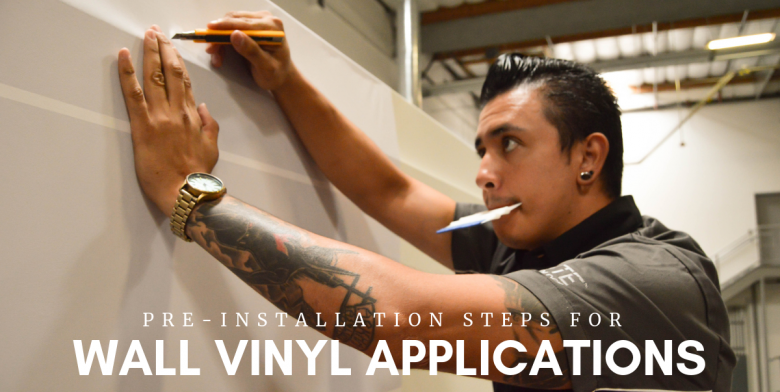When it comes to vinyl applications, one size does not fit all. The type of wall on which you apply vinyl significantly impacts the adhesion, appearance, and longevity of the final product. With a variety of wall types out there, it’s essential to understand their unique characteristics and how they affect vinyl applications. 1. Painted […]
Wall graphics provide a great opportunity to increase your sign shop’s revenue; they’re mostly straightforward, the surfaces are relatively flat, and they are faster to apply compared to a vehicle wrap. But what about high tack wall films? Unlike other wall films, the tack of these films can create a unique set of challenges. The […]
Nowadays, there are endless types of application tapes on the market, and spending time deciding on which one to use can take up valuable install time. To help you speed up the process, we’ve compiled a comprehensive basic guide with everything you need to know about application tape — from the different types to how […]
Registering vinyl graphics can make applying multiple panels across a large graphic laborious. The good news is, we’re here to make your life easier! Today, we’re covering the fundamentals for registering vinyl graphics from creating the perfect registration mark to removing the liner. Here is it, our Basic Guide to Registering Vinyl Graphics. Key Terms […]
Do you know the hardest part of making small decals and letters? Weeding! If you are not familiar with weeding, it is removing all excess material from any decal or graphics that are cut-to-shape. Weeding small letters and decals can be a difficult task, but learning how to weed small letters and decals is crucial […]
With ease of application and the ability to turn a plain wall into a memorable display, digital printable vinyl has become the new decorating trend for interior and exterior walls. Wall installation may seem straight forward, but wall graphics come with a unique set of challenges. Take the below pre-installation steps into account to help […]





